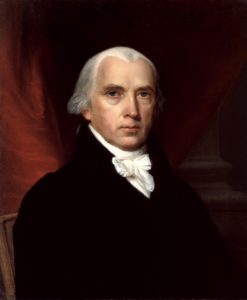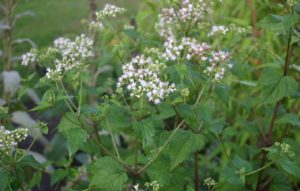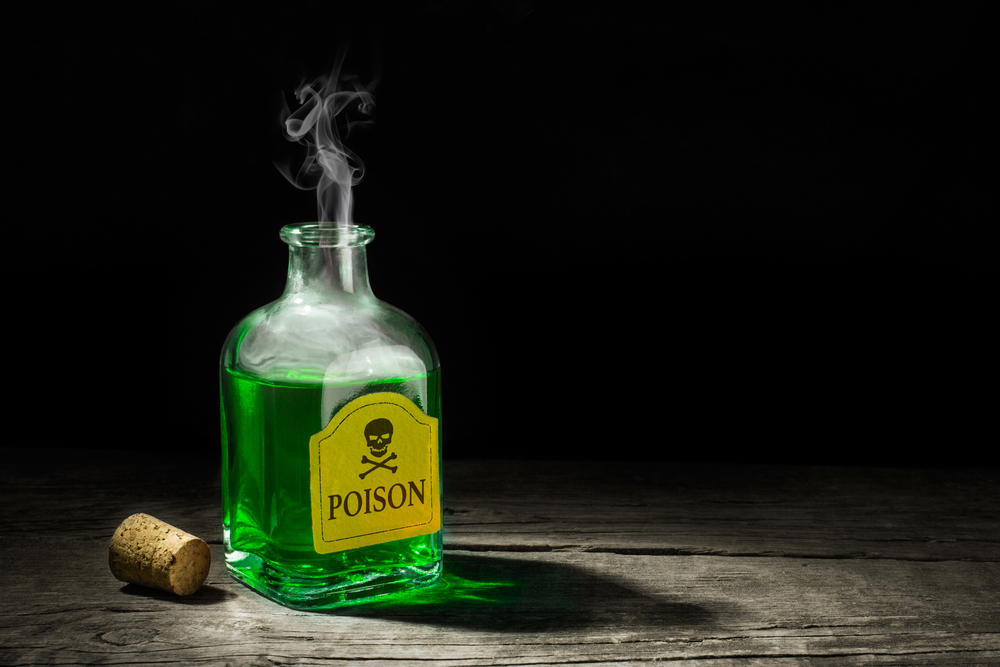
Strange death of Ambrose Madison
Ambrose Madison, the paternal grandfather of President James Madison, was an early landholder in present-day Orange County. He owned several slaves, and they took the blame when Madison began feeling ill around June or July of 1732. He made out his will on July 31, and on August 27, succumbed to his illness. No records of his birth date still exist, but he was at least 36 years old when he died. James Madison Sr., the president’s father, was just nine years old when his father passed.
The poisoning charge
Shortly before Ambrose Madison’s death, two of his slaves, Turk and Dido, along with a neighbor’s slave, Pompey, were cited for “Suspition of Poysoning.” Because the court records have been lost, we don’t know any details about Madison’s symptoms, the type of poison, or evidence for the slaves’ involvement. If the slaves did indeed poison Ambrose Madison, they didn’t use enough or a type to kill him outright. The substance must have been sufficient to damage his organs enough to lead to his slow demise over a period of a couple of months.
The Virginia court tried and convicted Turk, Dido, and Pompey on September 6. Pompey was executed by hanging the next day; Turk and Dido received a whipping. The court deemed their involvement was insufficient to warrant the death penalty.
Was it murder or not?
Ann L. Miller, an Orange County historian, put this case under a magnifying glass in her book, The Short Life and Strange Death of Ambrose Madison. She examined subsequent cases in which slaves allegedly poisoned their masters.
The other poisoning cases
In the fifteen years following Ambrose Madison’s death, Miller found three other cases in Orange County. On August 19, 1746, a slave named Eve allegedly poisoned the milk of her master, Peter Montague. He died in December. Eve was convicted and executed.
On August 1, 1748, a slave named Letty allegedly poisoned the “Water, Bread & Meat” of Richard Sims, who died in January after five months’ illness. She was also accused of poisoning fellow slave, Simon, owned by John Grymes, on September 31, 1748, by serving him toxic “Cyder, Water, Bread & Meat.” He died the following April. Letty pleaded not guilty and was acquitted.
The golden thread
Miller points out that all four poisoning cases have similar features: The plantations of the poison victims were all located within eleven miles of each other. All the victims suffered lingering deaths over the period of several months. And the dates of the poisonings were all in summer or early autumn.
Might that point to a botanical cause and natural deaths? Miller raises the question and asks what type of toxic plants grow (or are most potent) in Northern Virginia during those months.

Milk sickness
The poisonings remind me of the “milk sickness” that killed Abraham Lincoln’s mother, Nancy Hanks Lincoln, in Indiana. White snakeroot plants (Ageratina altissima) containing the poison tremetol killed both the cows that consumed them and the people who drank their milk. White snakeroot does grow in Virginia. But milk sickness victims usually die within a couple of weeks, not months.
Might Virginia have another toxic plant that could have caused these deaths? How common is white snakeroot in Orange County? If you have any knowledge of botany or Virginia flora, I’d love to hear your theories.
Literature on point:
Ann L. Miller, The Short Life and Strange Death of Ambrose Madison (Orange, Virginia: Orange County Historical Society, 1995)
Douglas B. Chambers, Murder at Montpelier: Igbo Africans in Virginia (Jackson: University Press of Mississippi: 2005)
Virginia Botanical Association, “Ageratina altissima,” Digital Atlas of Virginia Flora
Michael Burlingame, Abraham Lincoln: A Life, vol. 1 (Baltimore, Johns Hopkins University Press, 2008)



